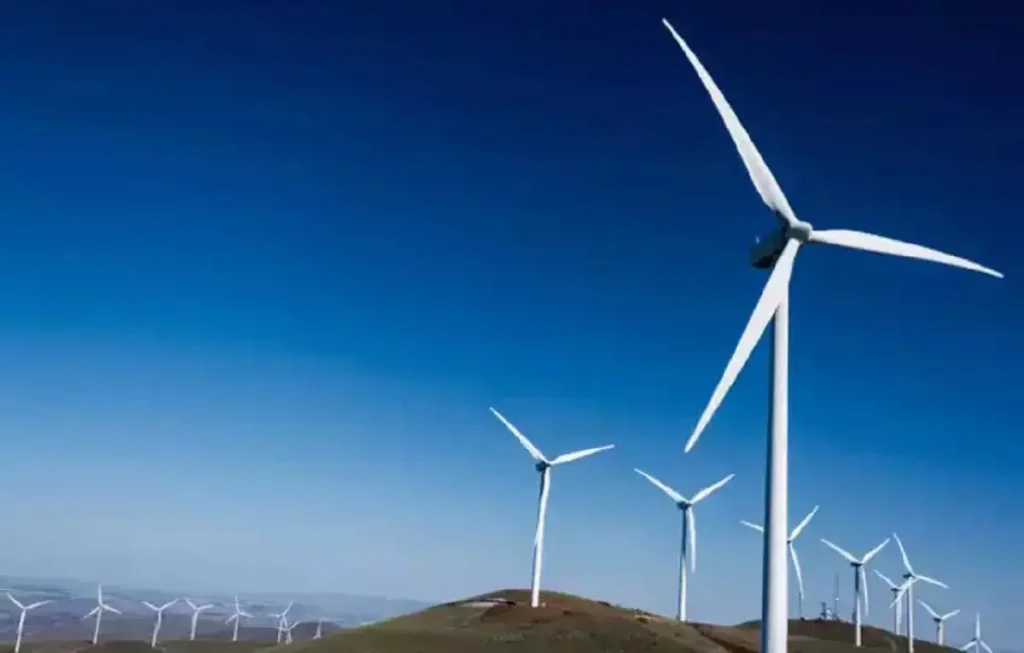The world wind power industry is facing record pressure with economic volatility and trade tensions affecting growth estimates. Latest surveys cite a decline in wind power installation, raising doubts about the future of renewable energy in a splintered world of global trade.
Declining Forecasts for Wind Installations
The Global Wind Energy Council (GWEC) has revised its forecast for new wind installations, marking the first downward adjustment since at least 2021. Projections through 2028 have been reduced by approximately 55 gigawatts, an 8.3% decrease from expectations set a year prior. This reduction is comparable to the energy output lost from decommissioning all of Germany’s nuclear reactors, highlighting the magnitude of the setback.
Economic Pressures and Supply Chain Disruptions
There are several reasons why the industry is slowing. Inflation has added cost to inputs and labor, while increased interest rates have boosted the cost of funding new schemes. Late permits and grid connection issues are ongoing obstacles.
Supply chain bottlenecks have become an enormous headache. Local manufacturers, in good market conditions, invest in increasing capacity, lowering costs, and increasing demand. But in today’s stagnation economy, this positive feedback loop has turned into a negative one, resulting in decreased investment and increased costs.
Impact of Trade Policies and Tariffs
Trade policies, especially tariffs, have had a major impact on the wind power industry. United States tariffs imposed on imports from nations such as China, Mexico, and Canada have made wind turbines more expensive. Studies indicate that tariffs may raise onshore wind turbine prices by as much as 7% and project costs by 5%. Such increases may lead to a reduction in new wind capacity installations by nearly a third by the end of the decade.
Companies like Vestas have expressed concerns that these tariffs will ultimately result in higher electricity prices for consumers, as the additional costs are passed down the supply chain.
Comparative Growth in Solar and EV Sectors
In contrast, those industries which gain from more globally linked supply chains, such as solar power and electric vehicles (EVs), have increased massively. Solar electricity generation and the number of EVs in operation on roads in 2025 will be roughly 60% greater than the International Energy Agency’s 2020 projections. This difference indicates the benefits of international trade to enable the rapid installation of some clean energy technology.
Looking Ahead: Strategies for Resilience
To address these challenges, industry players call for diversified supply chains, facilitative trade policies, and additional investments in domestic manufacturing capabilities. Permitting and grid integration issues are also central to restore growth in the wind energy sector.
While the world grapples to create a sustainable energy future, walking the tightrope between protectionist measures and the need for international collaboration is a tricky but necessary task.

